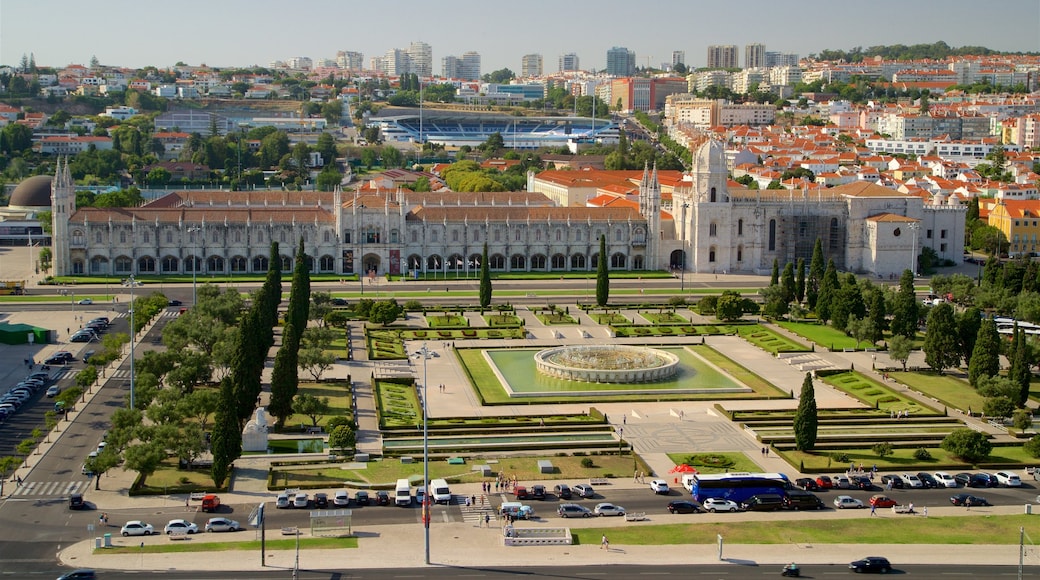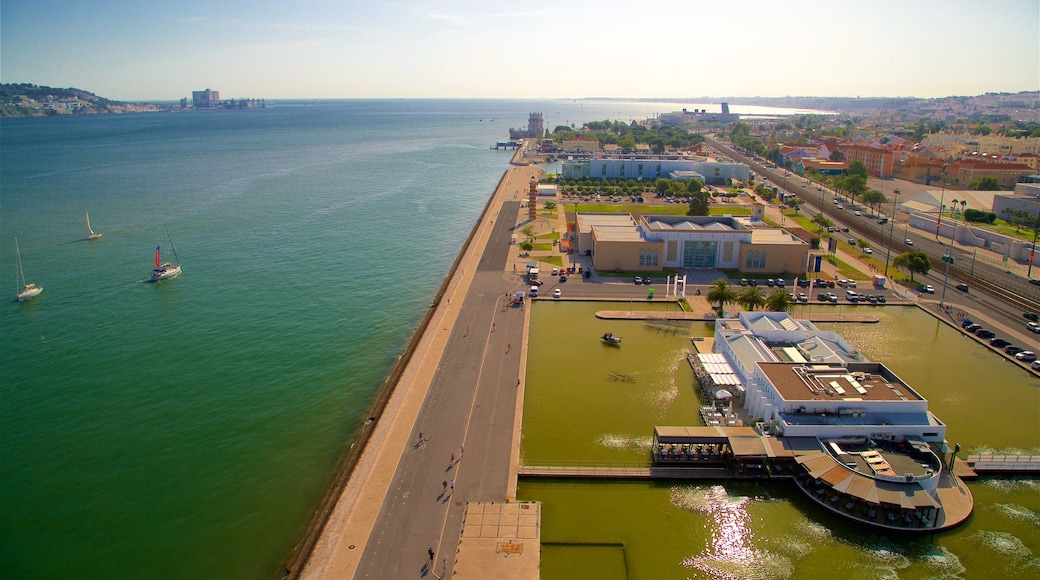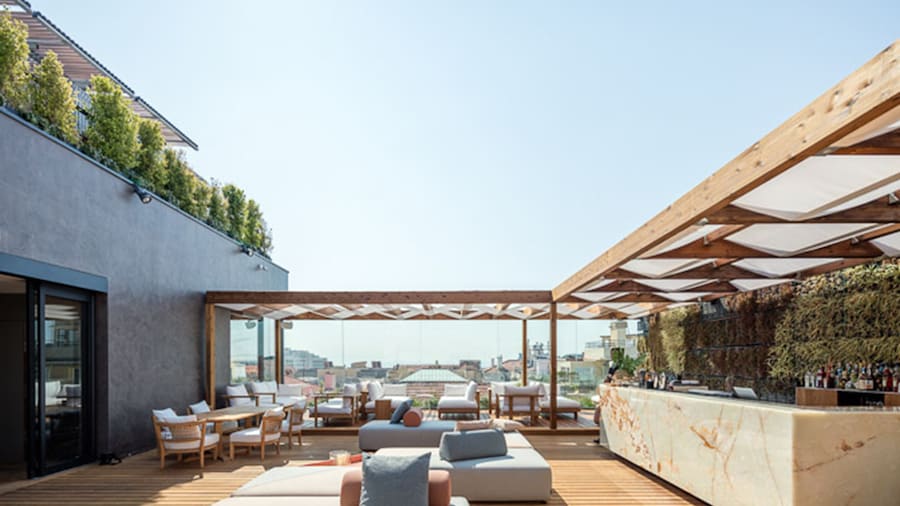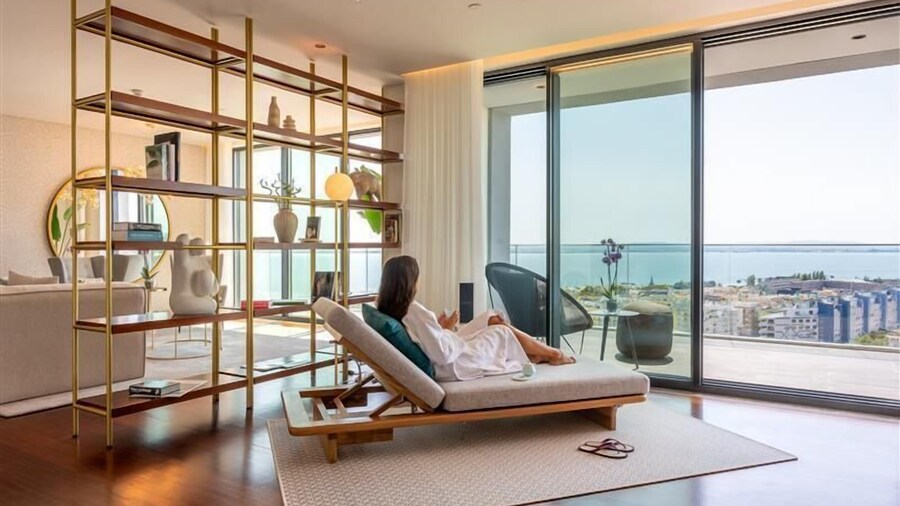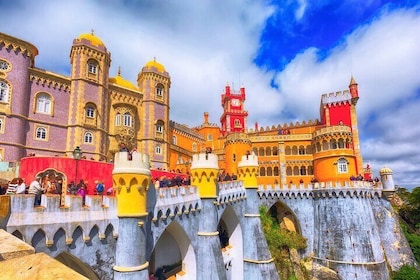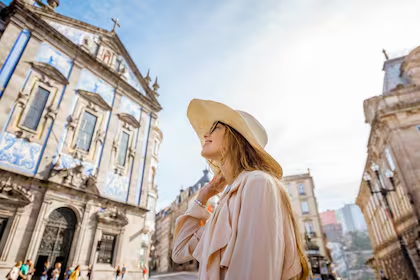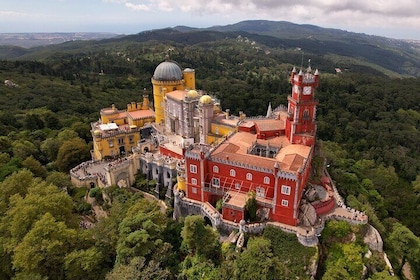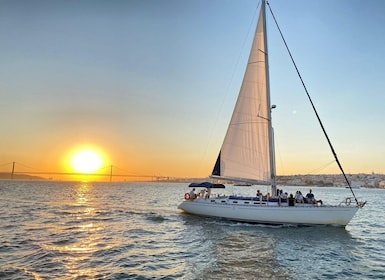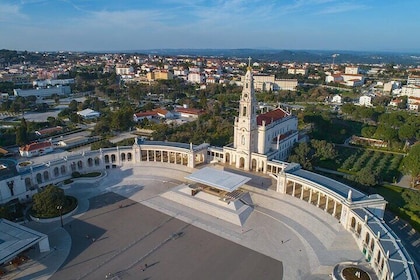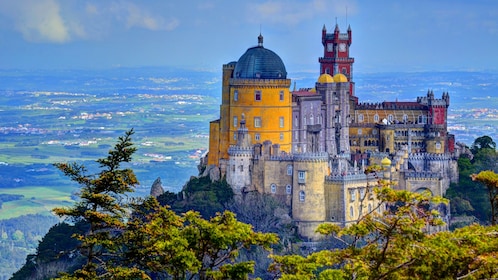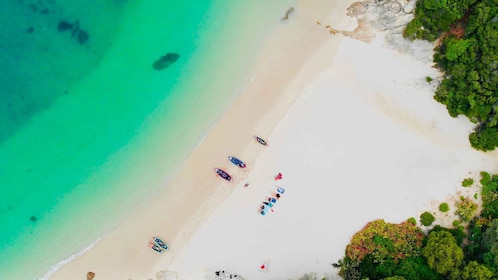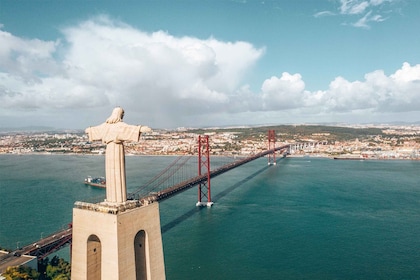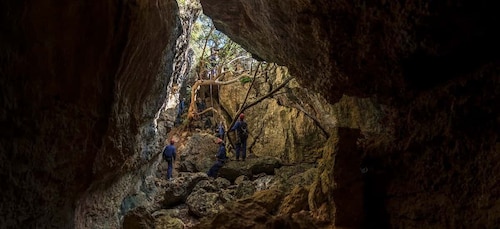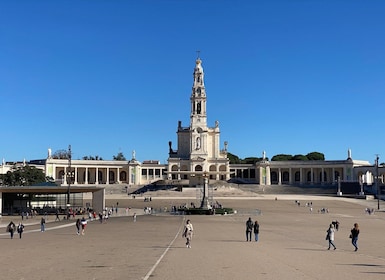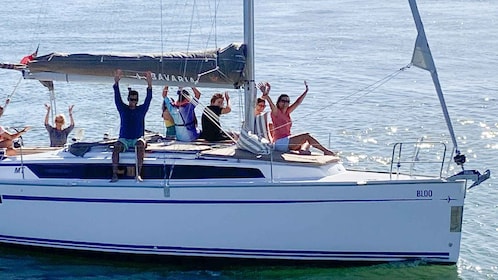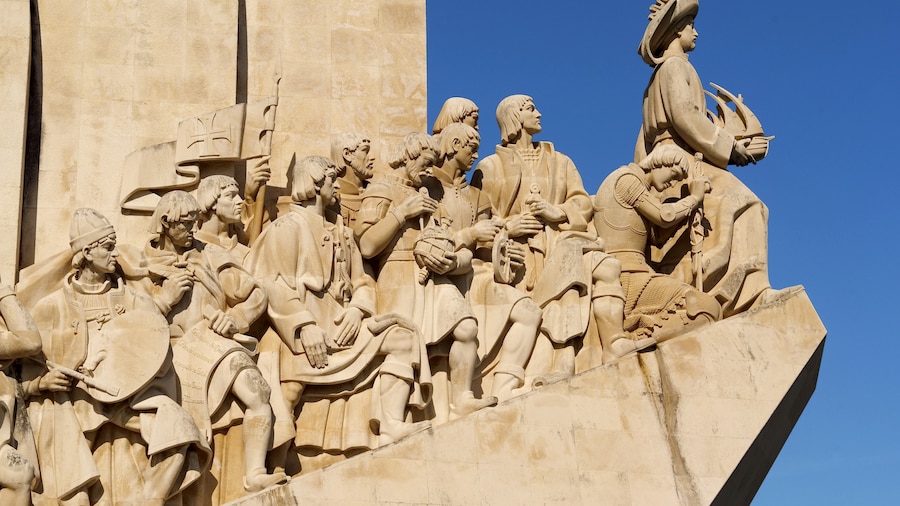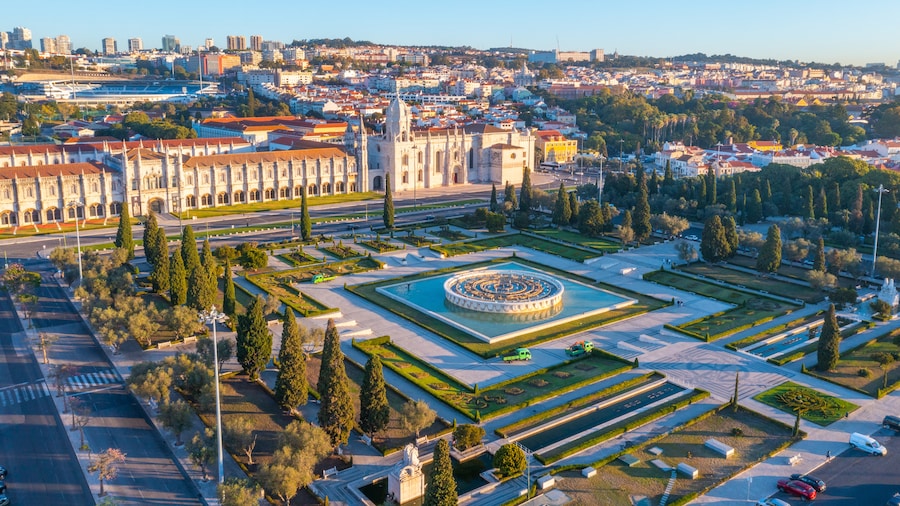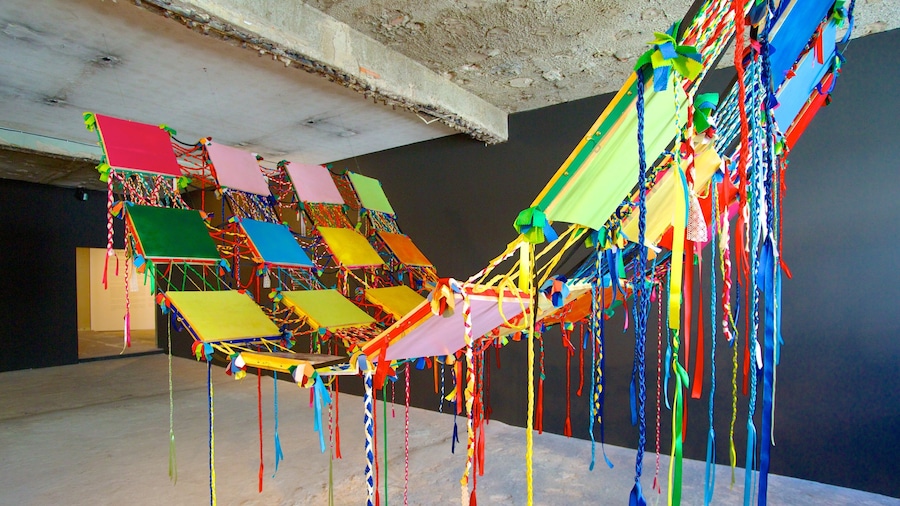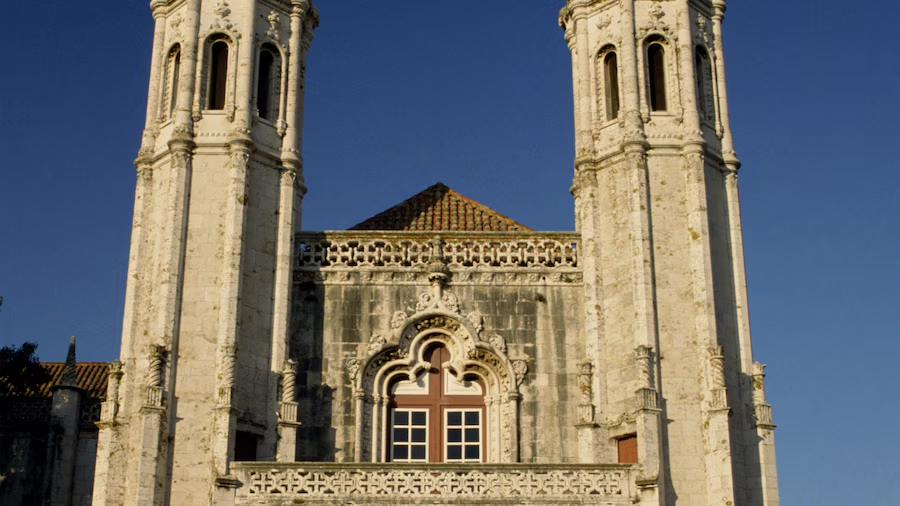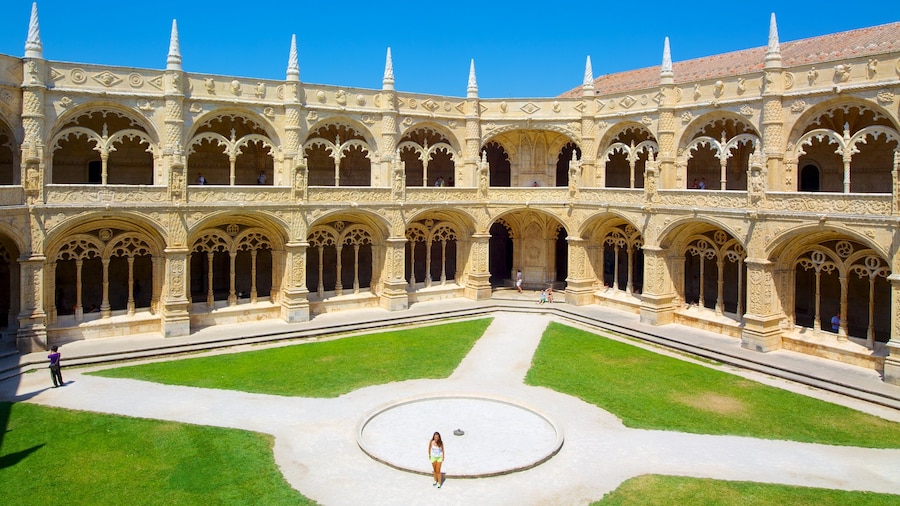Ocean cities often have monuments of their seafaring history. Visit this monolith commemorating famous explorers engaged in Portugal’s marine efforts.
Lisbon’s Padrão dos Descobrimentos (Monument to the Discoveries) points out over the Tagus River. From this spot many sailing vessels followed the river out to the Atlantic Ocean to explore uncharted waters and discover new lands. View this concrete-and-limestone monument to study a 3-D mural of maritime figures. These people are recognized as Portugal’s leading individuals for introducing European customs and trade to distant regions.
The monument is shaped like the bow of a vessel beneath billowing sails. On the hull, many historic individuals were immortalized by sculptor Leopoldo de Almeida. He crafted this work for the 1940 Portuguese World Exhibition to celebrate Portugal’s beginning and its independence from Spain. The original wooden monument was located at the nearby Praça do Imperio (Imperial Square). It was reconstructed in stone next to the river 20 years later to commemorate the 500th anniversary of the death of Infante Dom Henrique, also known as Henry the Navigator, the driving force behind Portugal’s explorations and conquests. Look at the first figure on the bow of the caravel to see a likeness of Henry the Navigator.
Count the 32 figures of key people who were instrumental during Portugal’s Age of Discovery and notice the detail in their faces. Included among the explorers are cartographers, crusaders, chroniclers, missionaries and artists. The only female is Henry the Navigator’s mother, Queen Philippa of Lancaster.
Look down before going inside. In the pavement, you will see a huge stylized compass rose and world map charting Portuguese expeditions. This exploration culminated in an empire that spanned five continents. Enter the monument to discover exhibits on Lisbon’s history. Take the elevator and a flight of steps to the top of the 184-foot-tall (56-meter) structure for incredible panoramic views overlooking the river, historic Belém district and the opposite shore.
Tour the inside of Padrão dos Descobrimentos any day except Monday, when many visitor sites in Lisbon are closed. There is a fee for entrance. Access the monument safely by going under the busy road through a tunnel from the gardens in front of the monastery.


